News: research
Scientists on a mission from moon to mars

New projects will contribute to investigating the feasibility of deep space exploration to destinations such as Mars.
Lab report: COVID detector dogs start trials at Adelaide Airport

Six dogs have commenced research trials at Adelaide Airport to determine the feasibility of deploying dogs to detect COVID-19.
[Read more about Lab report: COVID detector dogs start trials at Adelaide Airport]
The Federated States of Degradia

With almost a third of arable land classified as degraded, what can we do to reverse the rapid pace of degradation and can we do it in a way that benefits us?
New genetic biocontrol research to help prevent mice plagues
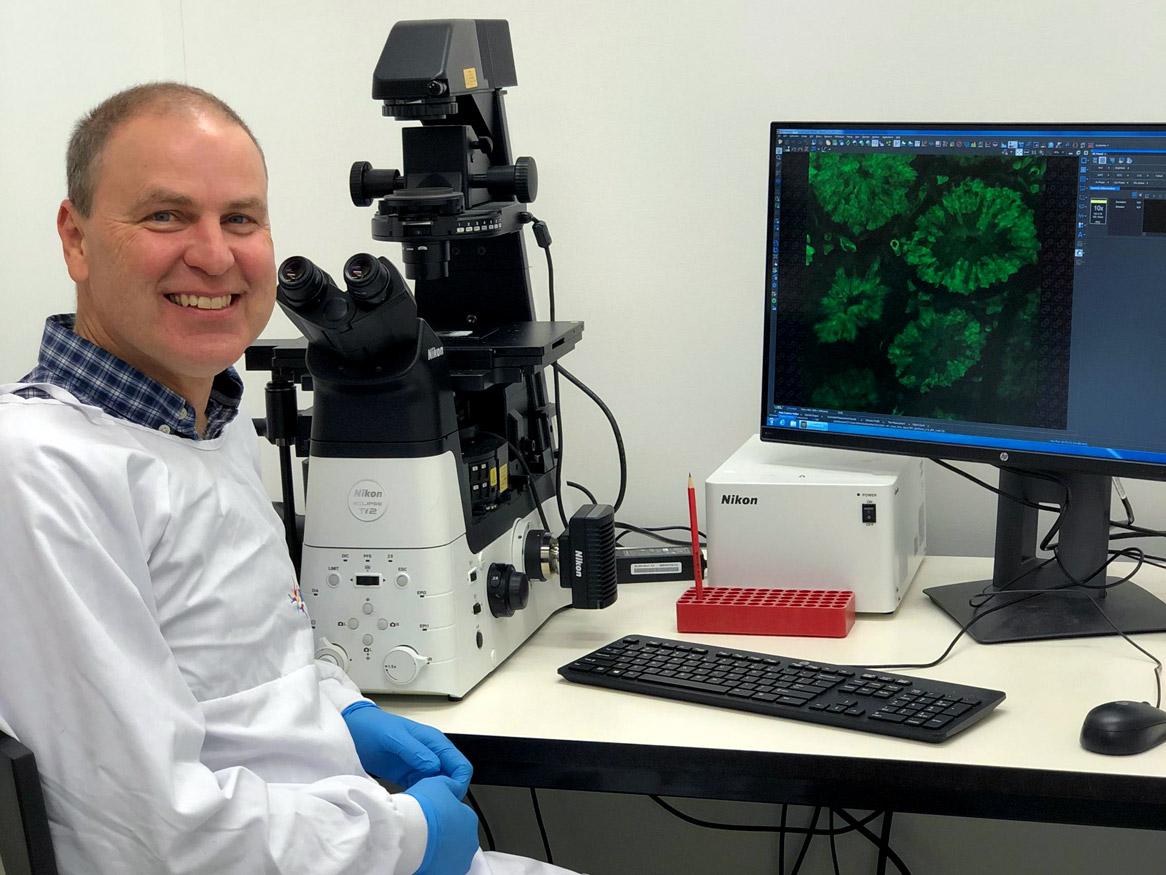
Scientists are partnering with the CSIRO and the Centre for Invasive Species Solutions to fine new solutions to control mice populations.
[Read more about New genetic biocontrol research to help prevent mice plagues]
COVID testing: Use a Labrador instead of a laboratory
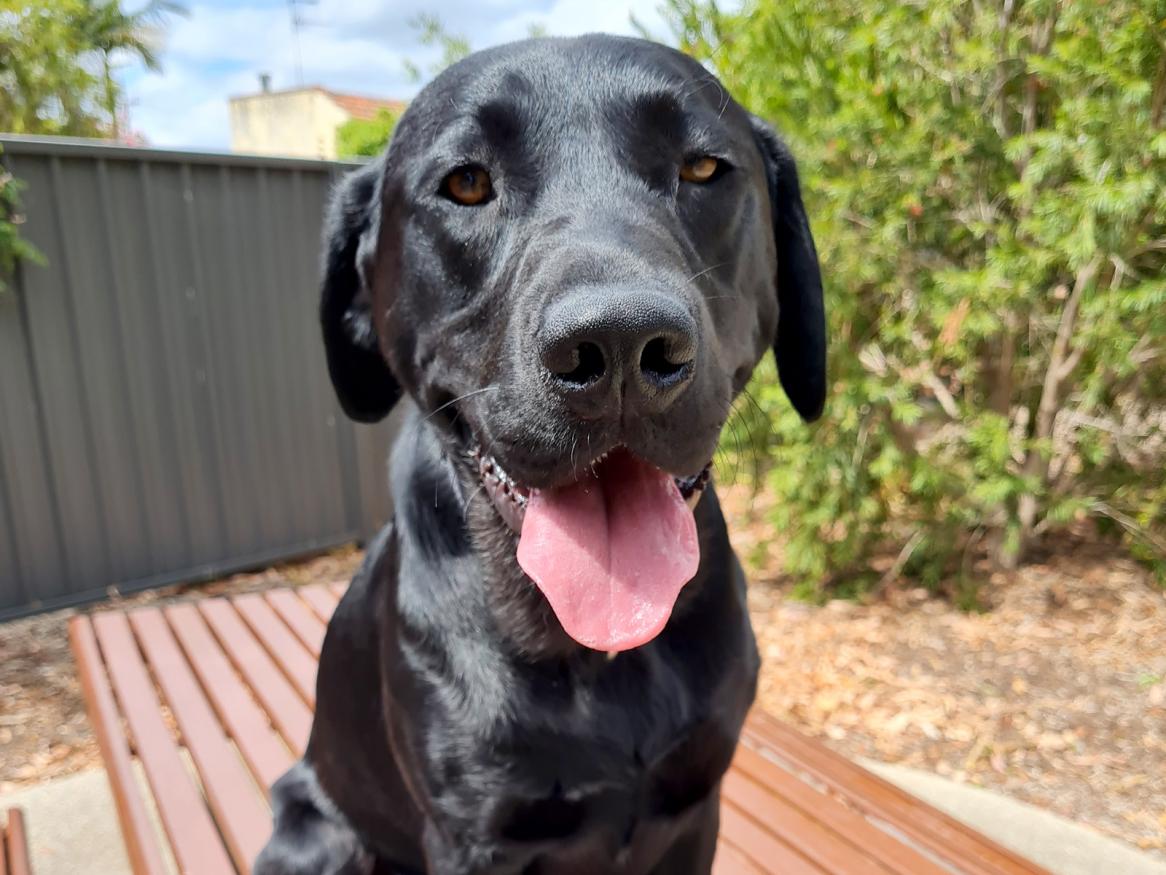
Dogs are being trained to detect COVID-19. And it turns out they’re pretty good at it.
[Read more about COVID testing: Use a Labrador instead of a laboratory]
Blind dating: Scientists sense the sex life of sea snakes
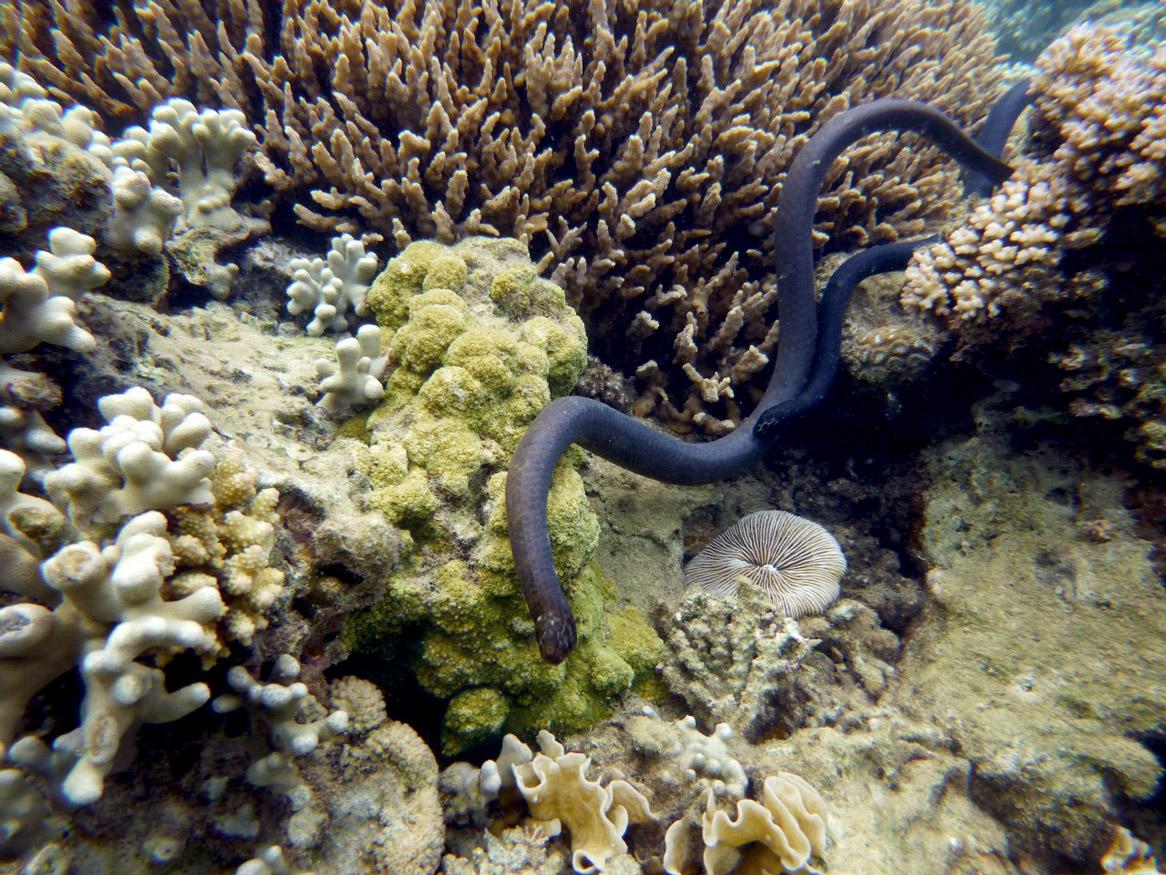
Meet the sensitive new age sea snakes that use touch receptors to help them locate and court females.
[Read more about Blind dating: Scientists sense the sex life of sea snakes]
Which environments did ancient Aboriginal peoples forage in Australia’s Western Desert?
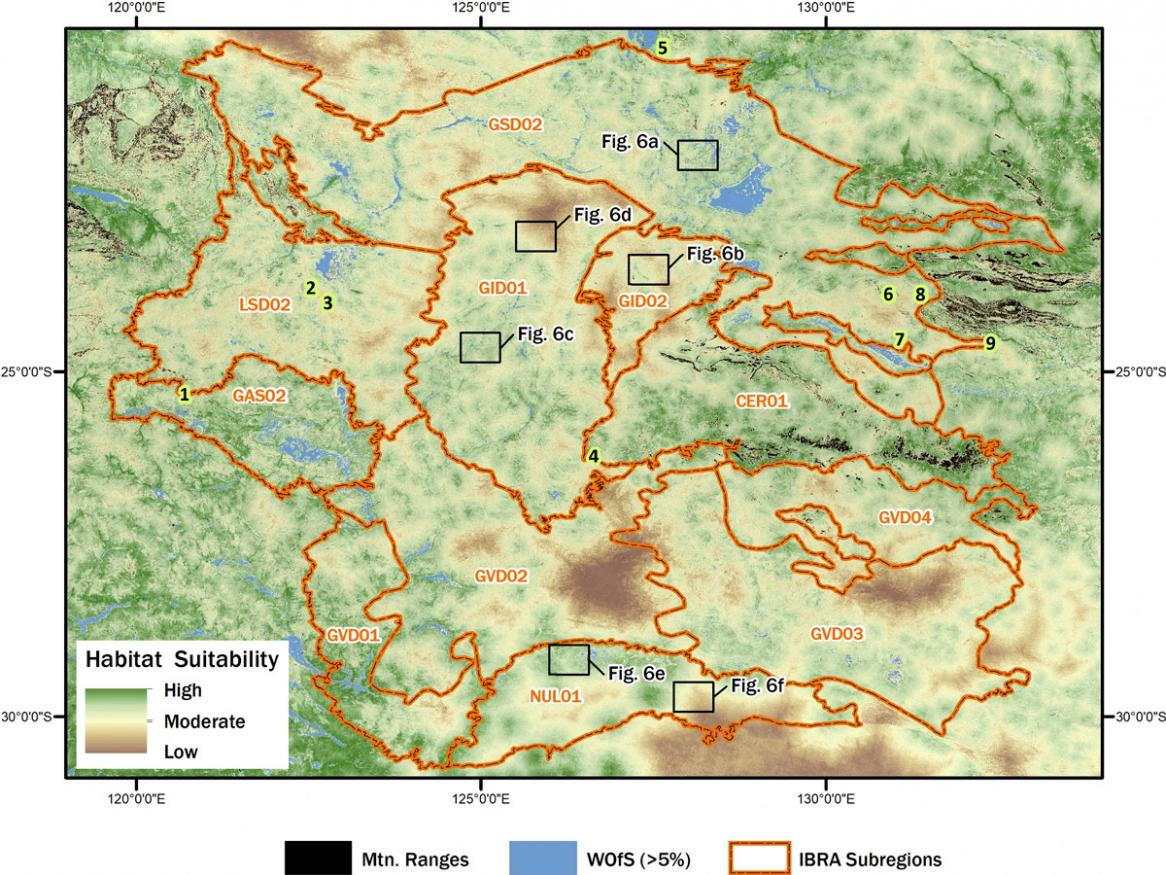
Scientists have used more than two decades of satellite-derived environmental data to suggest the possible foraging habitats of pre-contact Aboriginal peoples living in the Western Desert.
On a mission to discover unknown Australian species
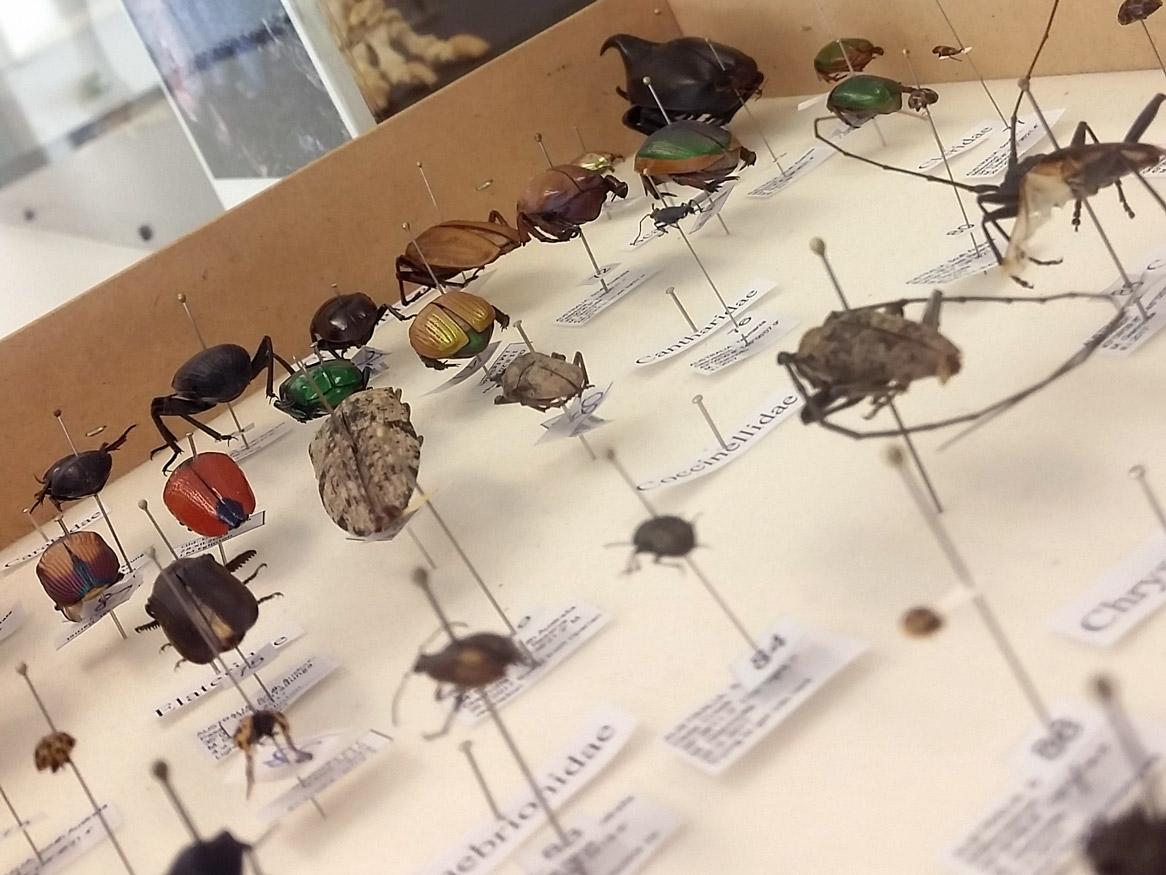
New technologies to play vital role in discovering and documenting all unknown Australian species by 2050.
[Read more about On a mission to discover unknown Australian species]
Insights into continuous waves from neutron stars
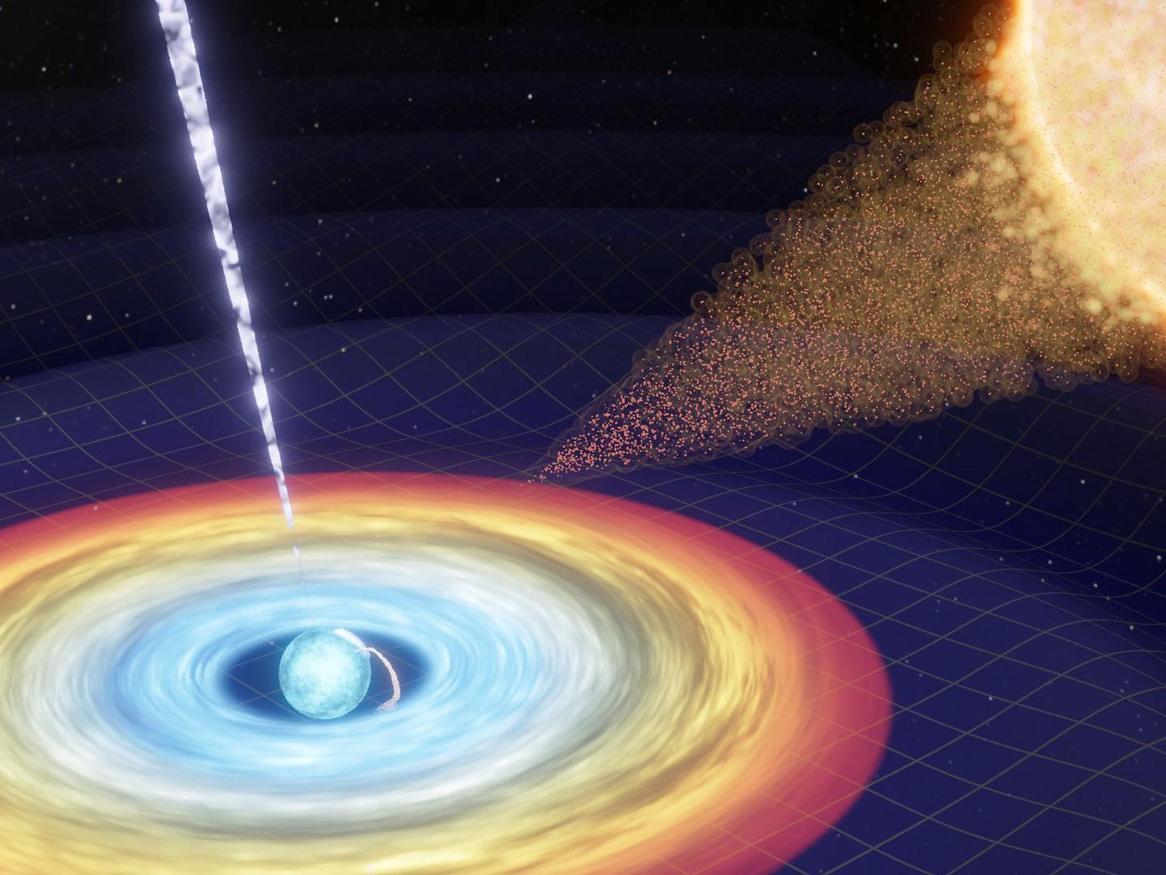
Using data from the LIGO and VIGO detectors, scientists are on the cusp of hearing what they call a continuous gravitational wave or the murmuring of a neutron star.
[Read more about Insights into continuous waves from neutron stars]
Going viral: What happens in a virology lab?
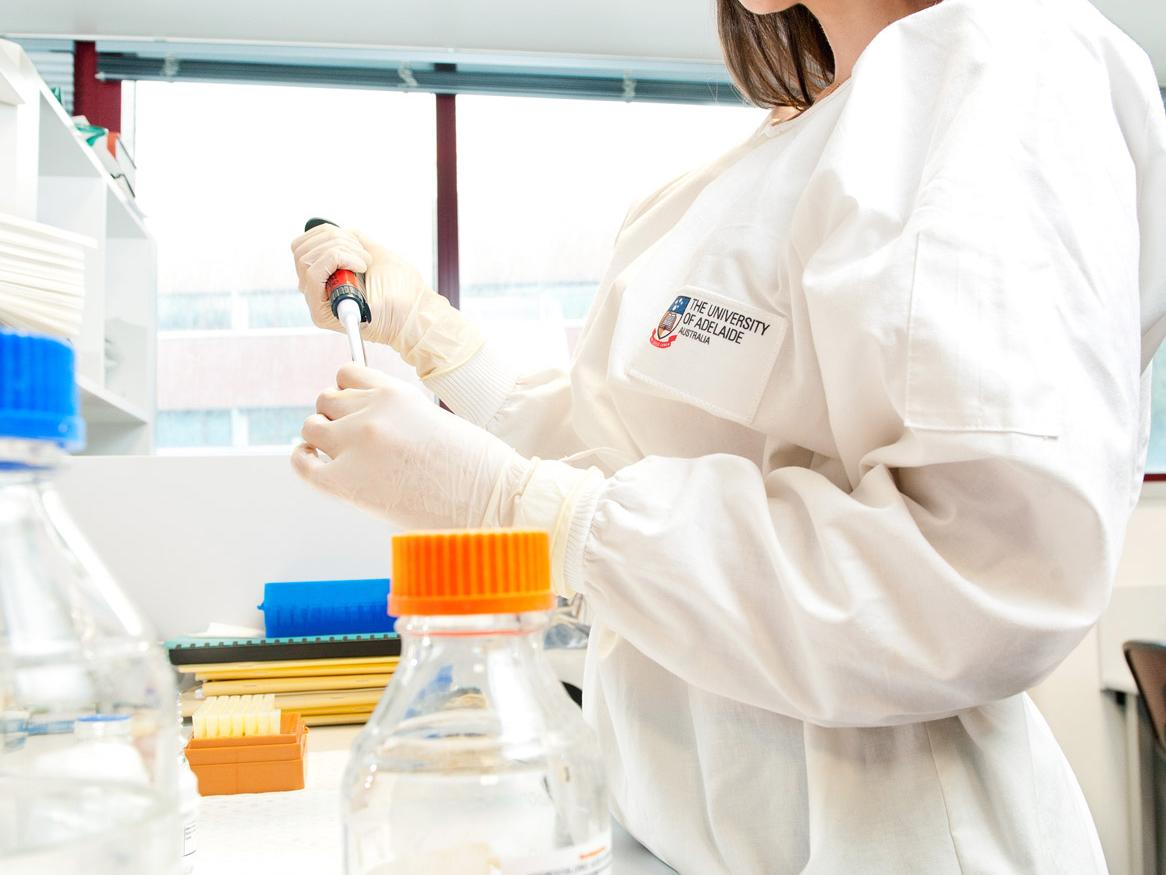
Virology labs help us learn all about viruses – but what goes on behind the pressurised doors?
[Read more about Going viral: What happens in a virology lab?]
